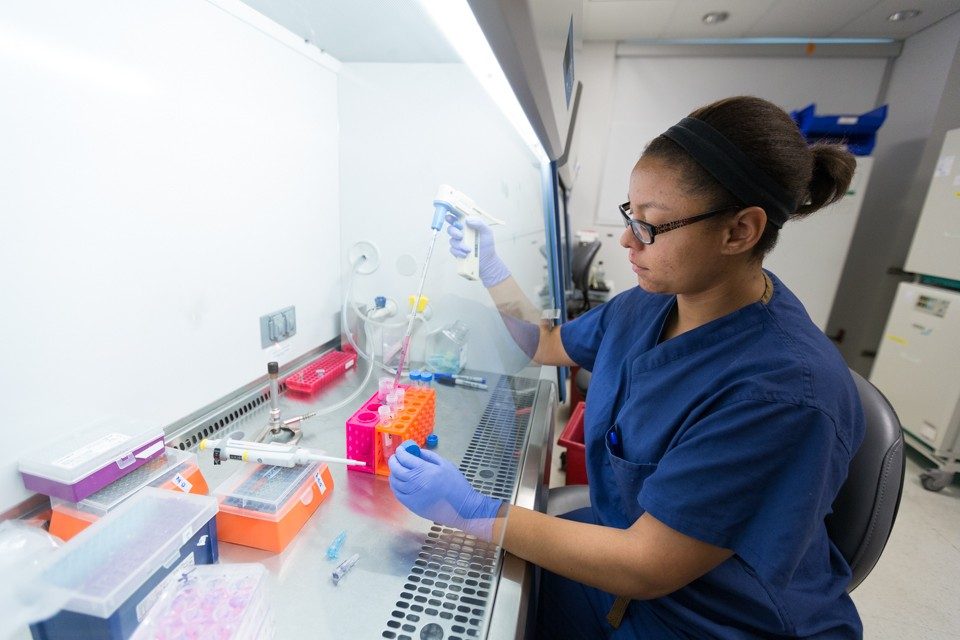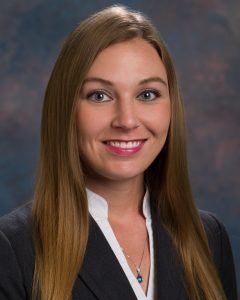
ALS: Beyond the Ice Bucket Challenge
ALS, also known as Lou Gehrig’s disease, is a progressive neurodegenerative disease which affects the nerve cells in the brain and spinal cord. When motor neurons deteriorate and die, the brain can no longer control muscle movements.

ALS is diagnosed through a clinical exam and series of diagnostic tests. One of the reasons ALS is difficult to diagnose is because there is no particular biomarker, meaning there is no single way to measure the presence or progress of the disease.
However, researchers have made significant advances in the past decade. While not yet validated for clinical use, numerous biologic, imaging, and neurophysiologic biomarkers have been shown to identify and track disease progression.
Dr. Christina Chrisman, a PGY-4 neurology resident at Barrow, said developing a clinical diagnosis could also help doctors figure out a cure.
“That’s the whole push for a biomarker in figuring out the molecular mechanisms. Once we know that, perhaps we can work backwards and find a way to disrupt that process and then find a cure for the disease,” she said. “Finding the correct biomarkers and measuring them over the course of experimental treatments designed to target them is the most accurate way to get a sense of not only if a treatment is working, but how it is working.” Watch Dr. Chrisman’s Talk.
Chrisman also noted that the time of symptom onset to diagnosis is about 12 to 19 months, which represents a significant portion of the duration of the disease – two to four years.
Dr. Jeremy Shefner, director of the Gregory W. Fulton ALS Center and co-director of Barrow, said eliminating that wait time is one of the biggest implications of biomarker research for ALS patients.
“Try to imagine having to spend a year or more with your motor functions deteriorating, but not knowing for sure if you have ALS or something else,” he said. “That is a painful experience for patients and their families, and it also impedes our ability as doctors to start treatment. So that’s really the immediate impact—speeding up the diagnostic process.”
